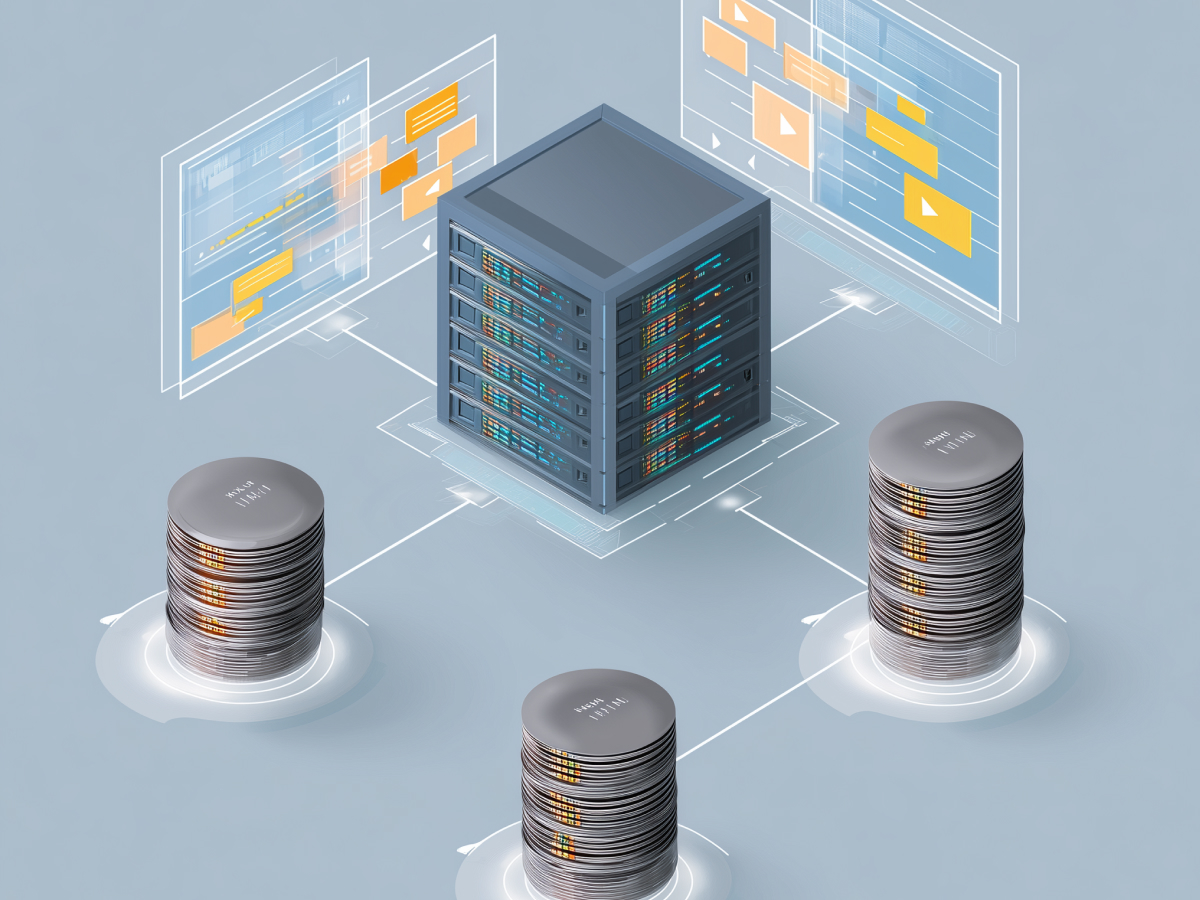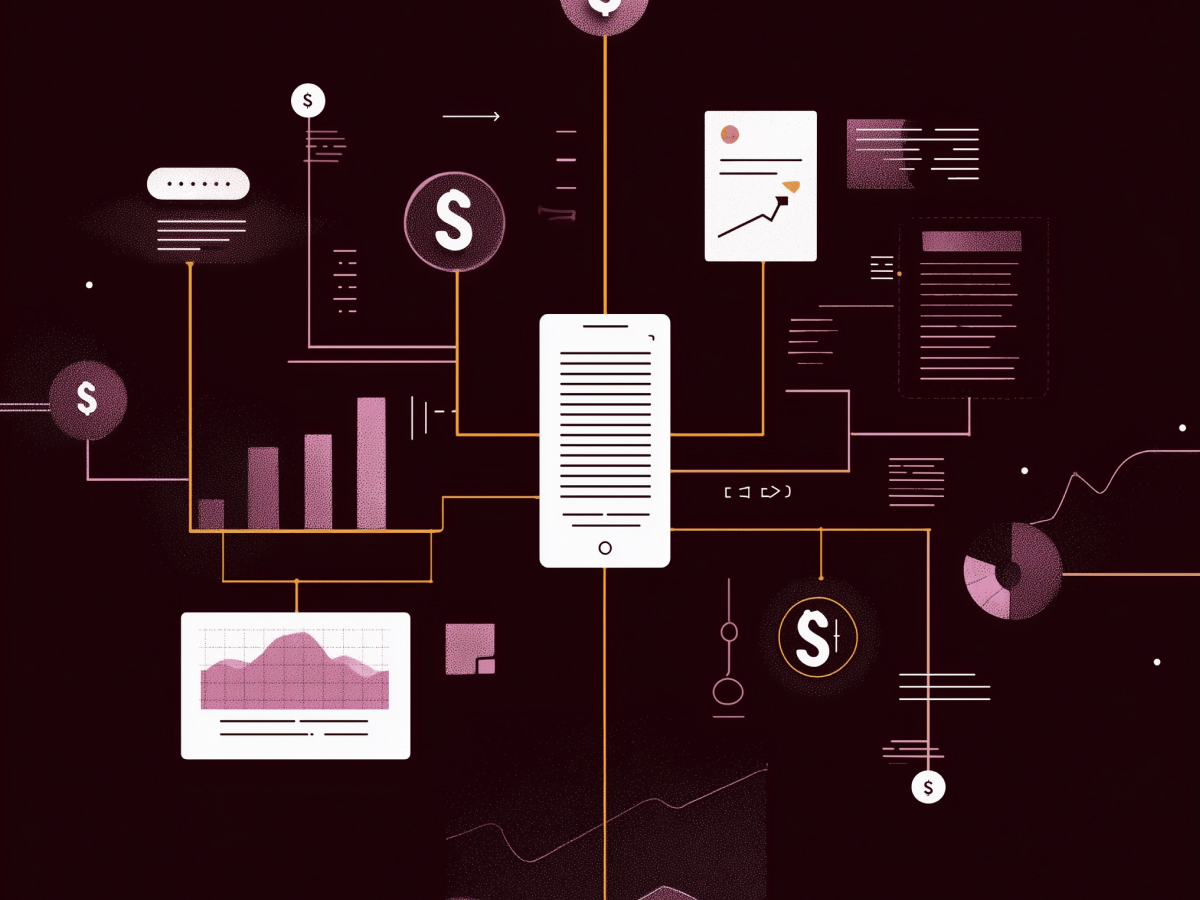Subscription management is the engine behind that experience, driving revenue, customer loyalty, and operational efficiency. But not all tools are created equal. To stay ahead in a competitive market, your subscription management software needs to do more than handle the basics. It must streamline billing, simplify customer interactions, leverage data for smarter decisions, and protect your business with top-notch security. Here are the five features every SaaS leader should demand.
1. Automated billing and invoicing
Running a SaaS business demands precision, efficiency, and the ability to adapt to shifting dynamics. Automated billing and invoicing take the hassle out of one of the most repetitive yet vital processes in your operation. The idea is to build an automated setup so that you don’t need to chase payments or double-check errors. Automation will handle the heavy lifting, freeing your team to focus on scaling your business to new heights.
First, automated systems eliminate manual intervention. Recurring billing happens on time, invoices generate seamlessly, and reminders are sent automatically. This saves time, improves reliability, and reduces errors that could otherwise chip away at your bottom line. Billing models have become increasingly dynamic in today’s SaaS environment. Whether you’re dealing with one-time payments, tiered pricing structures, or usage-based charges, automation can be adapted to these complexities.
The big win? Timely, accurate payments. Reduced payment friction improves your cash flow, and your team spends less time on back-office tasks. That time can then be invested in strategic initiatives, expanding your product line, refining customer acquisition strategies, or exploring untapped markets.
2. Comprehensive subscription lifecycle management
A subscription is as much a relationship as it is a transaction. And relationships require attention at every stage, from that first trial sign-up to the final renewal. Comprehensive lifecycle management tools provide the structure you need to deliver a smooth, satisfying experience while keeping your operations streamlined.
The process begins at the first touchpoint: customer sign-ups and trials. Automation converts trials into paid accounts seamlessly, leaving no room for friction. When it’s time for upgrades or renewals, provisioning workflows kick in to manage these changes without burdening your team. Even cancellations are handled cleanly, respecting the customer’s experience while giving you insights into churn trends.
Lifecycle management also provides a bird’s-eye view of your customer base. Through understanding how customers interact with your platform (e.g., when they upgrade, when they cancel, or when they renew), you can develop targeted retention strategies. Imagine having the data to identify which customers are likely to churn and addressing their needs before they walk away.
The result? Your team saves hours of work while customers enjoy a service that adapts to their needs with minimal effort. In business, loyalty is earned, and lifecycle management makes sure you’re playing the long game.
3. Customer self-service portals and white-labeled marketplaces
No one enjoys waiting on hold for customer support. Self-service is an expectation these days. A well-designed self-service portal, paired with a white-labeled marketplace, gives your customers the independence they crave while reinforcing your brand identity.
In a white-labeled marketplace, everything reflects your company’s unique personality. Customers can browse, explore, and purchase services without ever feeling like they’ve left your ecosystem. The seamless experience builds trust and familiarity, key ingredients for customer loyalty.
The self-service portal takes this a step further, empowering customers to manage subscriptions, update payment details, and even upgrade or downgrade plans with a few clicks. They can access usage insights and make data-driven decisions about how they use your product. While making life easier for your customers, it also drastically reduces the workload on your support teams.
The real value lies in what this independence does for engagement. When customers feel in control, they’re more likely to stick around. Put the power in their hands and you’ll create a partnership rather than a transaction.
4. Real-time analytics and data-informed decision-making
In the SaaS world, data is king. The ability to track, analyze, and act on key metrics like Monthly Recurring Revenue (MRR), Customer Lifetime Value (CLV), and churn rates can make or break your business. Real-time analytics transform these numbers into actionable insights, giving you the clarity to succeed in a competitive market.
Tracking MRR and CLV tells you where your revenue is coming from and how much a customer is worth over their lifecycle. Churn rates? They highlight the vulnerabilities in your customer base and provide a clear focus for retention efforts.
Advanced analytics both point out problems and show you opportunities. Upselling becomes more strategic when you know which customers are ready to expand their usage. Churn risks become manageable when you can spot red flags early. Forecasting growth becomes a science, not a guessing game.
Data-driven decisions lead to smarter pricing models, sharper engagement strategies, and ultimately, a business that thrives.
5. Robust security features to protect customer data
Trust is the currency of the digital economy. If customers don’t feel their data is safe, they’ll take their business elsewhere. That’s why robust security measures must-have.
Start with Two-Factor Authentication (2FA). It’s a simple yet effective way to keep accounts secure. Then there’s Single Sign-On (SSO), which streamlines access across multiple applications without compromising security. Role-Based Access Control (RBAC) makes sure sensitive data is only accessible to those who truly need it.
Compliance with ISO 27002:2013 standards shows a commitment to globally recognized security practices. Focus on building a security architecture that inspires confidence.
Security, while it does protect against breaches, has a huge impact on maintaining your reputation and your customers’ trust. Your commitment to security could be the reason customers choose you over the competition.
Final thoughts
Are you truly equipped to handle the complexities of a rapidly growing subscription base? Do your tools give you the agility to adapt, the insights to innovate, and the security to earn trust? The choices you make today shape the trajectory of your brand. Build smarter systems, empower your customers, and never settle for less than excellence.




